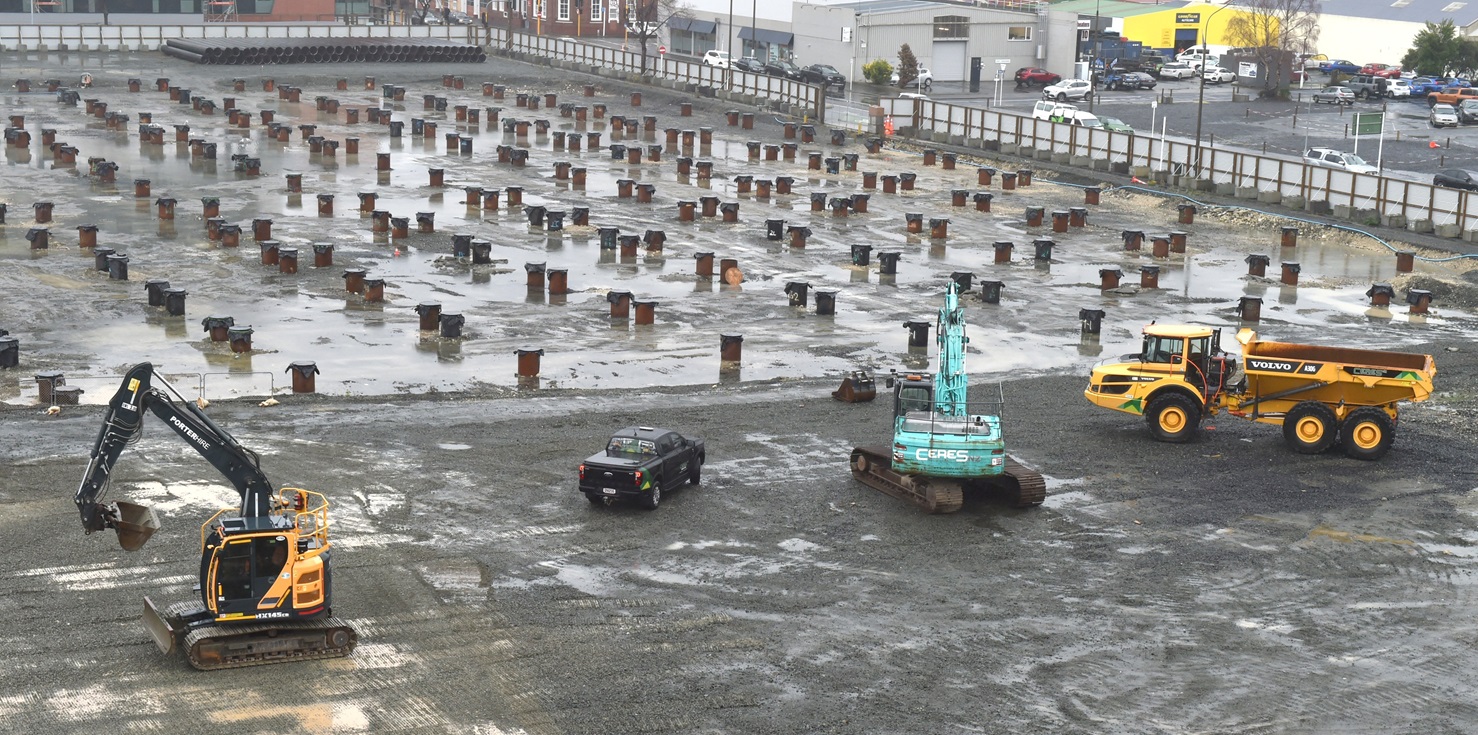Health Minister Simeon Brown announced the work this afternoon after the Otago Daily Times earlier revealed a letter of intent to build the project had been signed with Australian construction giant CPB.
The agreement followed years of fraught negotiations and government dithering.
Mr Brown also announced the formation of a local engagement group to "strengthen communication with the local community".
The group would bring together Health New Zealand leaders and local stakeholders, including representatives from local government, infrastructure partners, and tertiary institutions.
It would not provide advice on "the building’s design scope, clinical models of care, or procurement decisions".

The early construction phase would see 134 pile caps installed, made from steel-reinforced concrete, Mr Brown said in a statement.
Around 4,300 cubic metres of concrete will be poured across the site, with approximately 490 tonnes of reinforcing steel used in total.
“This work will take about six months and includes detailed inspections of every pile to ensure the facility is built to the highest design and safety standards.”
The next major construction phase was the substructure expected to begin in early 2026.
“This phase will prepare the site for base isolators and IL4 foundations – ensuring the hospital can keep functioning after a major earthquake or natural disaster. That’s essential for the people of Dunedin and the wider region.”
The 70,000 square metre inpatient building is due to open in 2031.
Timeline
July 2025 – January 2026 (6 months): Pile caps and remedial works
January 2026 – July 2026 (6 months): Substructure works, including installation of lower slab, concreting, and plinths for base isolators
July 2026: Base isolators installed
August 2026: Steel structure construction commences - APL












